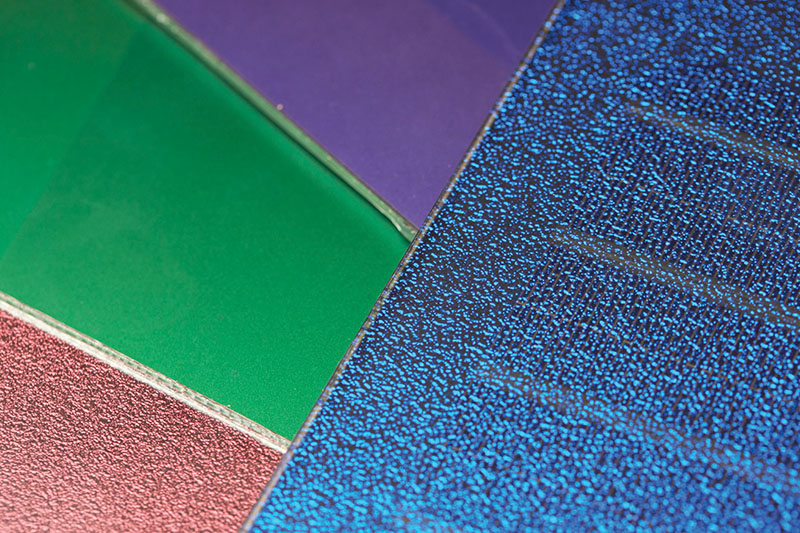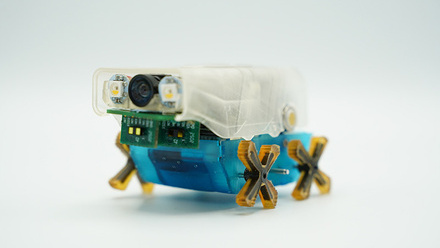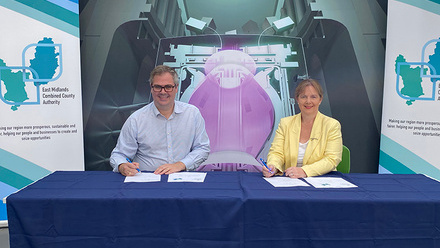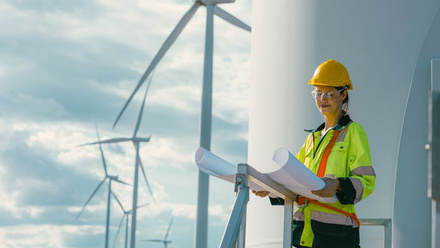Solar panels add touch of colour to building façades
Aesthetically pleasing, high-efficiency, coloured solar panels could add new appeal to photovoltaic systems for architects and building owners.

MorphoColor coating, from the Fraunhofer Institute for Solar Energy Systems in Germany, can reportedly invisibly incorporate solar panels into a building’s exterior, while remaining angularly stable with minimal loss of efficiency.
The coating is applied to the glass in solar panels. 'With MorphoColor, we wanted to create a technology that enabled buildings to be designed with photovoltaic modules of different colours and, at the same time, we wanted them to remain as effective as possible over time. There are similar products on the market, but they only allow much weaker colours to be used, with the same level of loss. And there are other products with an amazing colour effect, but very significant losses,' explains Dr Oliver Höhn.
The team has drawn inspiration from blue morpho butterflies, which have 3D photonic structures on their wings for an angularly stable, coloured impression with low-loss interference.
The wings are covered by tree-like structural elements in lamella – small plates or flakes – and horizontal branches, so that when light strikes the interference, scattering effects produce intense colouring from any viewing angle.
A vacuum process allows the researchers to apply a similar surface structure to the back of glass on solar panels. Depending on the fine structure, this method can produce glass coverings in various colours.
They say this coating system has now surpassed the biological model, as independent measurements confirm that the coloured solar panels can achieve around 95% power of a comparable uncoated panel.
The coating can be used with all standard, commercially available solar technologies, claims the group. Plus, they are low-cost to manufacture. The team says it has major benefits for conservation, as surfaces that were previously unavailable for normal black photovoltaic modules could be equipped with coloured roof tiles in the future.
'Now that we have developed the technology with glass and for normal modules, we are looking at flexible substrates, so that even curved surfaces, such as those in the automobile industry, can be equipped with photovoltaics,' notes Fraunhofer researcher Andreas Wessels.







